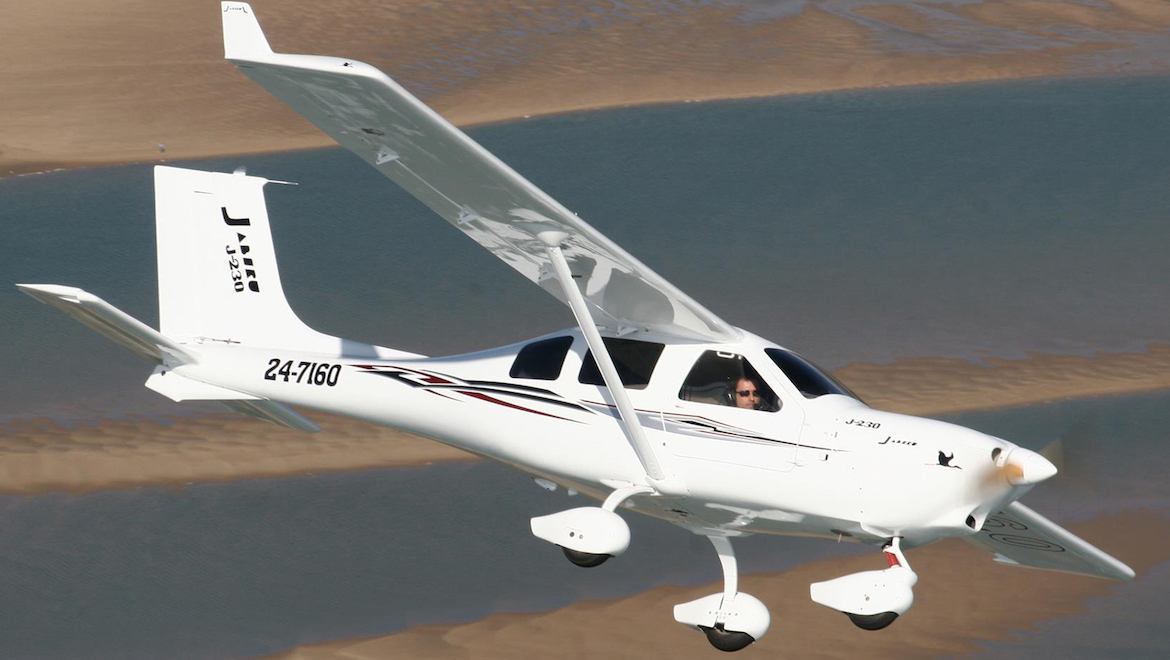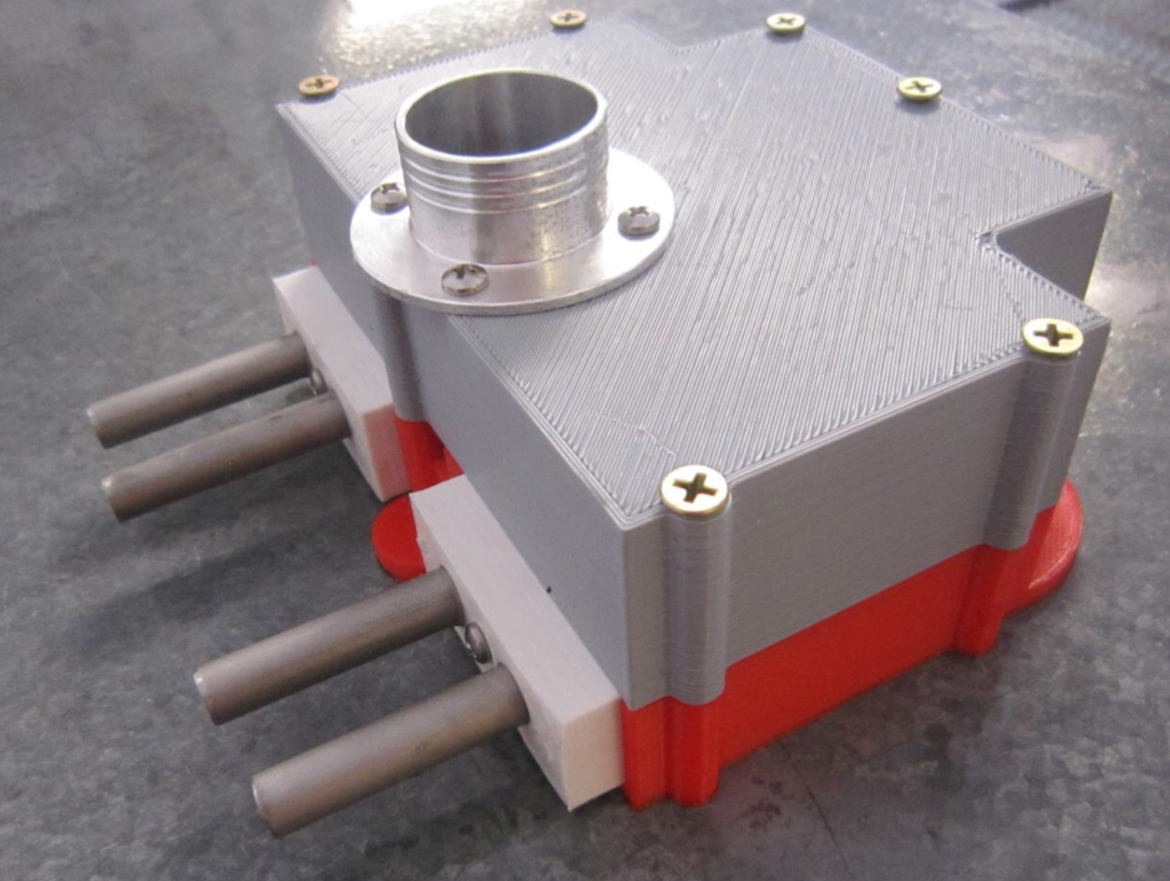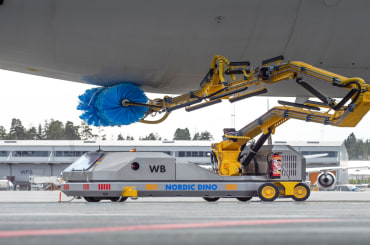
Australia has a long-established reputation of punching above its weight in the aviation industry. Whether it is the aviation pioneers of the early 20th century, or Dr David Warren’s development of the flight data recorder (FDR), the country has a proud history associated with the aviation field.
Now, there may just be another home-grown breakthrough on the horizon with an announcement on Wednesday from Bundaberg, the home of Jabiru Aircraft.
To date, those aircraft engines not employing fuel injection have used carburettors, primarily due to their simplicity and reliability. Carburettors are tasked with supplying the correct ratio of atomised fuel to air to the engine to subsequently be ignited within the engine’s cylinders.
However, carburettors are not ideally suited to compensating for changes in air density, meaning that as the atmospheric conditions change the engine will run leaner or richer than is ideal. A carburettor also cannot control how equally the fuel is divided between the individual cylinders; this is affected by the idiosyncrasies of each induction system.
These deficiencies can lead to a number of issues depending on whether the mixture is too rich, or too lean, ranging from engine roughness, fouled spark plugs and high fuel consumption for an over-rich mixture to overheating and lack of power if over-lean.
In an effort to address these issues, Jabiru said on Wednesday it has developed an automatic mixture control system in association with its Gen4 engine.
The aim of this system is to improve the mixture provided by the carburettor to each individual cylinder or overall. The fundamental logic of the system is that is more straightforward to accurately regulate the large volume of air than the minute amount of fuel that comprises the fuel-to-air ratio.
Towards this goal, the system admits additional air to the inlet pipe on each cylinder. The air can be filtered or unfiltered and come via carburettor heat or bypass carburettor heat. The amount of air is controlled automatically with a valve for each cylinder.

The valves are controlled with a microprocessor. The microprocessor estimates the flight phase such as taxi, take-off, climb, cruise and descent etc. Variables measured to calculate the amount of air admitted to each cylinder can include all those measured on an Engine Management System (EMS), Electronic Flight Information System (EFIS), Attitude and Heading Reference System (AHRS), systems such as Exhaust Gas Temperature (EGT), Cylinder Head Temperature (CHT), Manifold Pressure (MAP), Fuel Flow, Outside Air Temperature, Density Altitude, Pressure Altitude, Indicated Air Speed, Revolutions Per Minute (RPM) carburettor heat, engine inlet temperature etc, and can include any other variable deemed relevant.
The system can control or influence any engine variable affected by the fuel-to-air ratio, such as EGT, CHT, fuel flow, fuel economy etc. The system is failsafe, using one or more fail closed valves to shut off the additional air supply on electrical failure. The system then reverts to the basic carburettor.
It is early days for this exciting development and Australian Aviation will be following the story closely with a feature in an upcoming issue of the printed magazine.












